Culture methods and matters needing attention of potted kumquat
[introduction] kumquat tree is a kind of tree that can grow small and lovely oranges, also known as kumquat tree. The fruit of the kumquat tree is not only delicious and sweet, with rich nutrients, which can be used for dietotherapy to help people stay healthy, but also its fruit is round and lovely, charming and small, and it also has a very high ornamental value. It can be said that the kumquat tree is a typical ornamental tree species, and it is also a good material for bonsai production.
Kumquat is a subtropical tree species, which can be planted in most parts of our country, especially potted kumquat trees. As long as measures are taken to prevent cold, they can also be raised in cold northern areas.
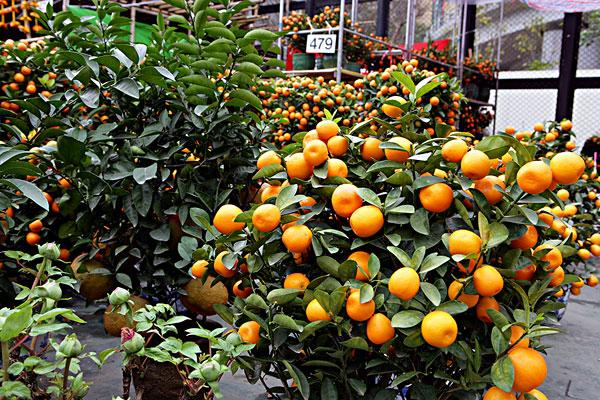
Growth habits of kumquat
Subtropical tree species. Like warm, moist and sunny environment. More cold-resistant, drought-resistant, slightly shade-resistant, but also avoid extreme heat. It is better to cultivate fertile and loose acid soil.
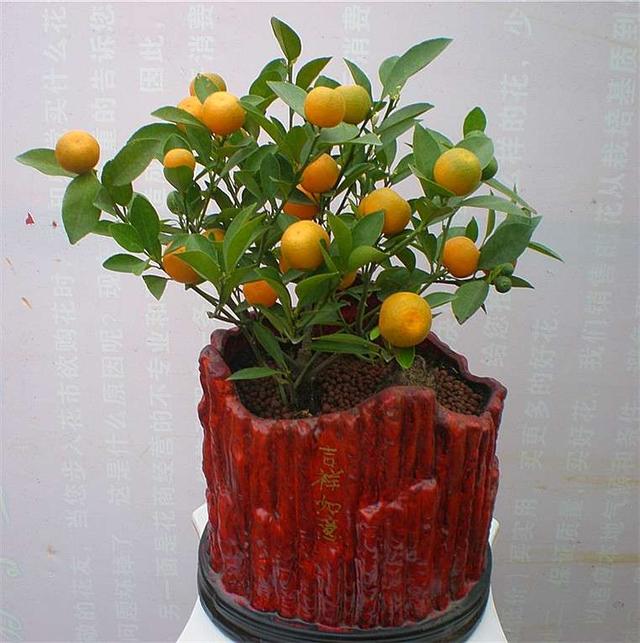
Culture methods and matters needing attention of potted kumquat
1. Potted kumquat should choose a soil tile basin with good air permeability, and the bottom of the basin should be used as a drainage layer with broken tiles to facilitate drainage; the basin soil should be well permeable, fertile, slightly acidic or neutral sandy loam, five parts of rotten leaf soil, three parts of pastoral soil and two parts of fine river sand should be used to prepare cultivation soil, and it is best to spray disinfection before use. Select the seedlings with well-developed roots and strong growth, plant in the pot before germination in spring, select a flowerpot with a diameter of 20-25 cm, and put a broken tile on the water seepage hole.
two。 Kumquat like light, but afraid of strong water, too strong light is easy to burn leaves. It can be placed in a leeward and sunny place in spring and nurtured under a shade in summer, especially to avoid direct sunlight at noon, so that it can be exposed to sunlight before 9: 00 in the morning and after 5: 00 in the afternoon, and 30% in early autumn. Late autumn and winter should be placed in the indoor sunny place, so that it is fully exposed to light.
3. Kumquat likes to be warm, and when the temperature is lower than 10 degrees Celsius at the end of autumn, it should be moved indoors in time, and it is best to keep room temperature at 6 to 12 degrees Celsius in winter. Too low temperature is easy to suffer frost damage, and too high will affect plant dormancy, which is not conducive to flowering and fruiting in the coming year. After the Qingming Festival in spring, you can open windows and ventilate properly to make it gradually adapt to the outdoor temperature. Grain Rain can only go out of the room after the festival; it should be placed in shade and ventilated place in summer, and should be often sprayed to humidify and cool down.
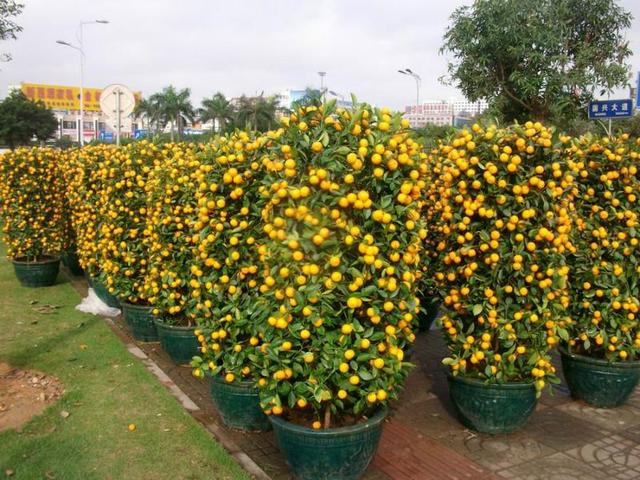
4. Because blossom and fruit need a lot of nutrition, fertilizers should be applied except in winter. During flower bud differentiation and fruiting, fertilizer can be applied once a week. Watering should not be too much, it is appropriate to "dry thoroughly", too much water will lead to rotting roots. Water is watered once every 2-3 days in spring and autumn, and once a day on a sunny day in summer, it is appropriate to maintain a water content of about 70% of the basin soil. Depending on the overwintering environment in winter, water is generally watered once every 7 days. If the autumn shoot stops for a long time, watering should be controlled. Water can be sprayed on the leaf surface 2-3 times every noon and evening to promote flower bud differentiation. The spring shoot should adapt to increase fertilizer after germination, a small amount of urea can be added to the liquid fertilizer leached from sesame sauce residue at flowering stage and fruit expansion stage, and the concentration of liquid fertilizer increases with the increase of growth, and the fertilizer can be applied once in winter to prolong the fruit period.
5. Kumquat blossoms in four seasons, bears fruit in four seasons, and can be pruned at any time. The construction will cut off the fruit, drooping branches and diseased weak branches, and the upper dense branches will be strong and remain weak, properly thinned, and basically overcut the branches, making the whole plant hemispherical. The pruning principle before the result is that the first shoot of the single bud cutting seedling leaves a heavy cutting rod of 10 cm after the first shoot is ripe, and then cut short to promote the new shoot after the Lignification of the main branch of Baosheng, at the same time, strengthen fertilizer and water, strive for multiple shoots in the same year, and expand the crown.
6. The main diseases and insect pests are red spiders, shell insects, leaf moth and canker, scab and so on, which should be prevented and controlled in time.
7. To make the florescence consistent, we can use the method of water control, that is, after watering, no more watering, until the leaves curl due to lack of water, and then watered. Such repetition of 3m / m / m / m for 4 times can promote flowering consistency.
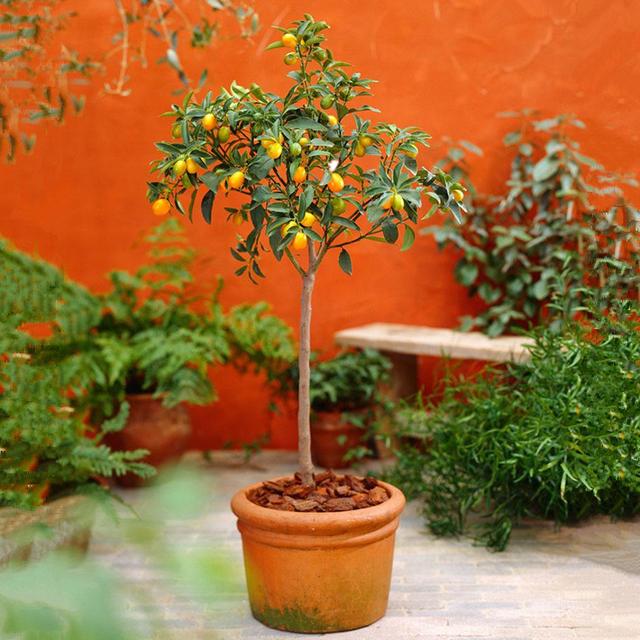
The fruit observation effect of the kumquat tree is the first condition that it can be used by pot culture to beautify the room, so in the culture and nursing, the main purpose is to ensure that its fruit quality is not damaged, and we must be more serious and rigorous in the culture.
Follow WeChat account: xiaobency shares around 9: 00 every day, and ten thousand people listen to it.
- Prev
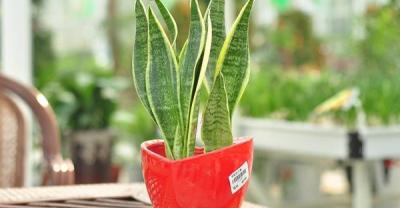
Fish and vegetable co-culture is the most cost-effective in family culture.
The utility model relates to a fish and vegetable co-culture system, in which the water of cultured fish is converted into water for hydroponic lettuce through a mineral converter, which can enjoy raising and eating fish at home.
- Next
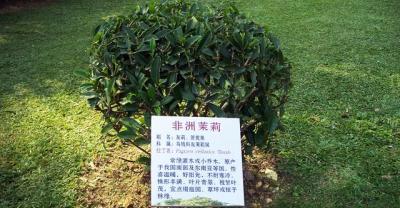
Maintenance skills: the culture method of Edo purple
Edo purple belongs to a plant of crassulaceae, which is native to Somalia in Africa. Because Edo purple has high ornamental value, it has been introduced to.
Related
- On the eggshell is a badge full of pride. British Poultry Egg Market and Consumer observation
- British study: 72% of Britons are willing to buy native eggs raised by insects
- Guidelines for friendly egg production revised the increase of space in chicken sheds can not be forced to change feathers and lay eggs.
- Risk of delay in customs clearance Australia suspends lobster exports to China
- Pig semen-the Vector of virus Transmission (4)
- Pig semen-the Vector of virus Transmission (3)
- Five common causes of difficult control of classical swine fever in clinic and their countermeasures
- Foot-and-mouth disease is the most effective way to prevent it!
- PED is the number one killer of piglets and has to be guarded against in autumn and winter.
- What is "yellow fat pig"? Have you ever heard the pig collector talk about "yellow fat pig"?

